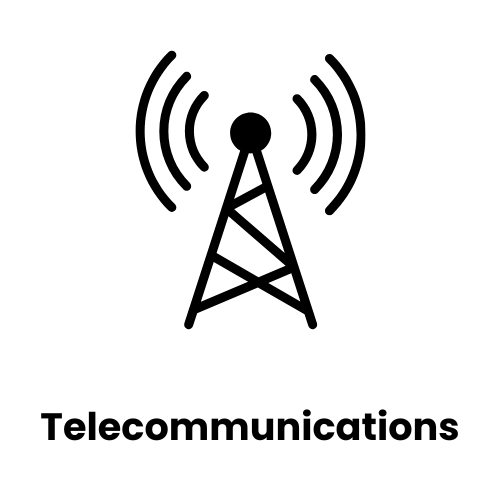Q.1: What are the key steps involved in performing a knockout search?
The following are the steps for conducting a thorough knockout search:
- Define Search Parameters
- Select Search Tools and Databases
- Conduct Keyword Searches
- Review Search Results
- Evaluate the search results to identify potentially relevant prior art
- Assess Prior Art
- Report and Analysis
Q.2: What resources and databases are commonly used in conducting knockout searches in patents?
Following are some non-paid patent databases:
• United States Patent and Trademark Office (USPTO) Database
• European Patent Office (EPO) Patent Database
• World Intellectual Property Organization (WIPO) Patent Search
• Google Patents
Following are some paid patent databases:
• Derwent innovation
• Questel orbit
• Patseer
Following are some non-patent literature databases:
• PubMed
• IEEE Xplore
• Google scholar
Q.3: Can a knockout search provide a legal opinion on patentability?
A knockout search can provide valuable insights into the potential patentability of an invention, but it does not offer a definitive legal opinion on patentability. Due to its:
- Limited Scope: Finding immediately available prior art that could raise serious questions about the originality or non-obviousness of an invention is usually the main goal of a knockout validity search. Even while it can locate pertinent previous art, not all relevant documents—especially those that are harder to find or more obscure—may be found.
- Preliminary Assessment: The purpose of a knockout validity search is to provide a rapid and preliminary assessment of potential validity issues associated with a patent.
- Interpretation Required: Assessing the relevance and potential impact of prior art identified in a knockout validity search requires interpretation.
.jpg)















.png)

.png)







